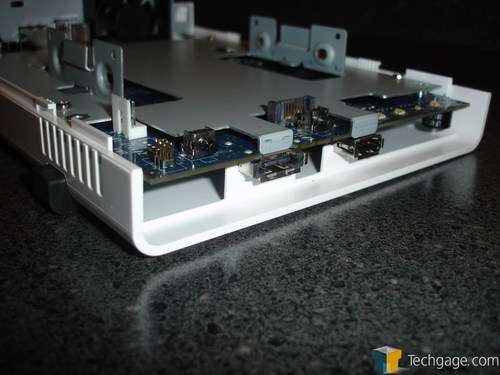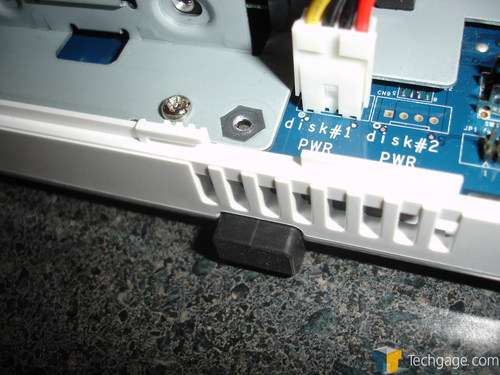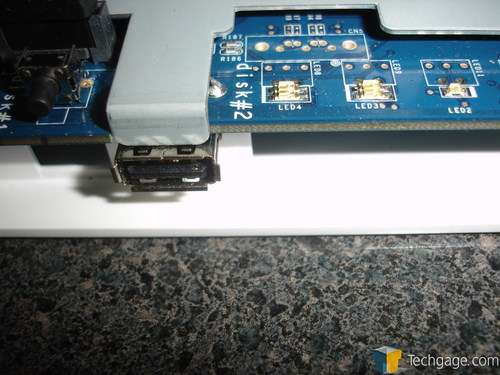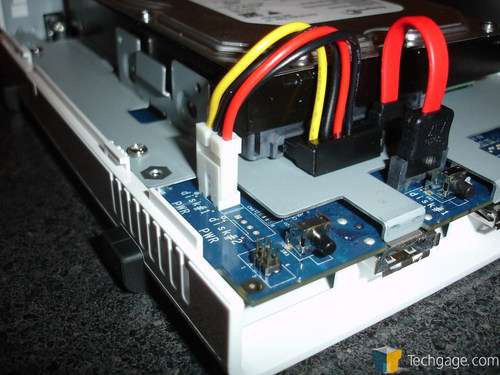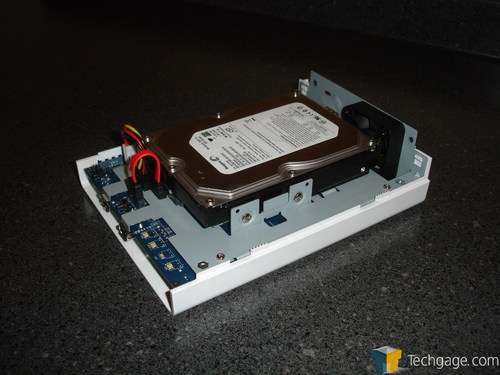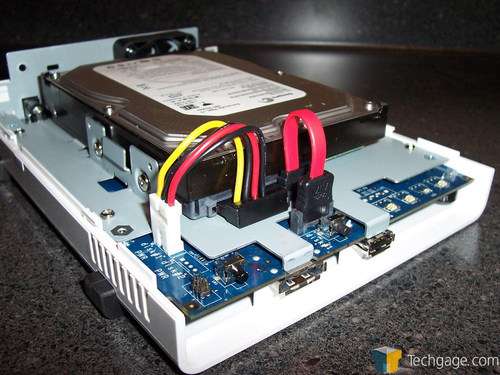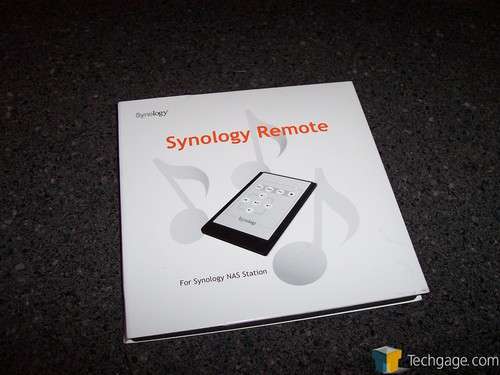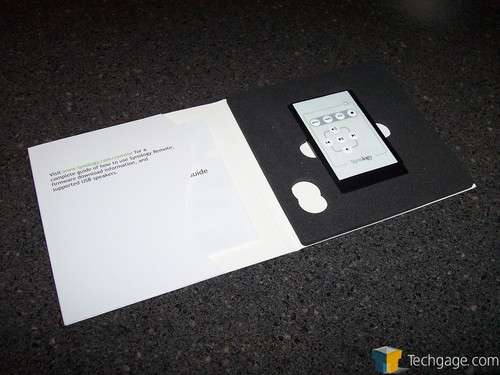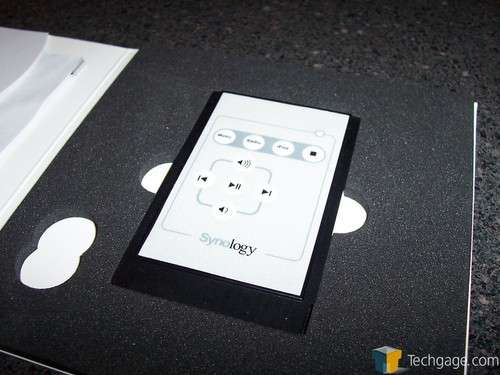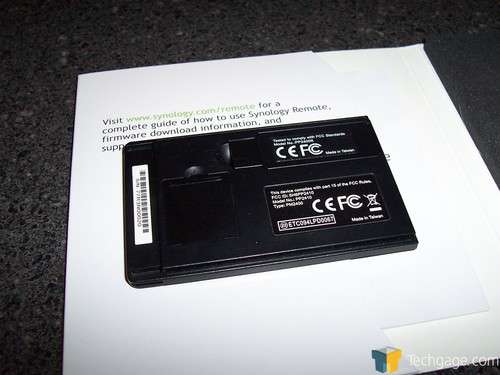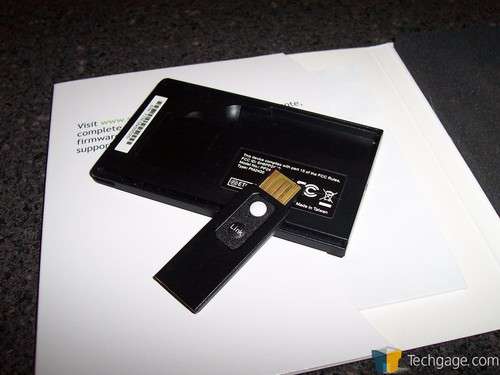- Qualcomm Launches Snapdragon 4 Gen 2 Mobile Platform
- AMD Launches Ryzen PRO 7000 Series Mobile & Desktop Platform
- Intel Launches Sleek Single-Slot Arc Pro A60 Workstation Graphics Card
- NVIDIA Announces Latest Ada Lovelace Additions: GeForce RTX 4060 Ti & RTX 4060
- Maxon Redshift With AMD Radeon GPU Rendering Support Now Available
Synology DS107e Single-Drive NAS
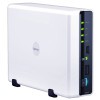
Looking for a single-drive NAS box that’s feature-packed and looks good? Synology’s DS107e delivers. Though not inexpensive, Synology delivered one of the most solid NAS boxes to cross our desk, which is packed with functionality and also proves to be one of the best looking units on the market.
Page 3 – Installation
Taking a quick look around the DS107e, it would appear that this NAS and the DS207 share the same board with the obvious exception of 32MB of RAM that the larger NAS has on it. Both use the same 266MHz MPC8241 CPU and the only real difference, aside from the memory and the lack of dual drives is the DS107e’s eSATA port on the front of the NAS. You can even see where the second power connector has simply been excluded.
The physical installation of a drive into the DS107e is straight forward and simple. While it does take quite a bit longer when compared to the installation of drives into the D-Link DNS-323, the DS107e feels more secure as there are four physical screws to attach the drive to the NAS chassis. With the appropriately cut lengths of power and data cables, connecting the drive to the main board is just as simple as the drives installation itself.
With everything now installed, we are ready to begin testing but before we get too far into it, we would like to touch upon the software side of the NAS. This is where Synology has repeatedly impressed us. They continually release updated firmware for their devices which more often than not add a certain amount of extra functionality to the boxes.
One such release, which we touched upon in our DS207 review, was their latest firmware version that added a slew of multimedia functions. Also released was a remote that can be used to control the before mentioned multimedia functions and uses an open USB port on the NAS itself.
Available now, the Synology remote gives users with an updated firmware the ability to control the song or internet radio station playing through an attached set of USB speakers. Not much larger than a credit card, the remote is designed to fit securely in an available PCMCIA slot on a notebook, or can be stored conveniently in it’s CD slim jewel case sized packaging.
Flipping the remote over, we can see the USB adapter and the small door that holds the included battery in place.
Like we mentioned earlier, the remote itself is meant to be housed in an open PCMCIA slot on a notebook PC and is shaped accordingly. I have personally been keeping the remote in my work issued notebook, a Dell Latitude D820 and “testing†out the internet radio functionality while at work. The ability to tuck it away is nice and showed a decent amount of forethought on Synology’s end.
The USB adapter is simple to use as it just goes into an open USB port on the NAS itself. Once in place, the link button needs to be pressed, which discovers the remote and syncs up with it. From there, you are ready to use the remote to control your music needs. Assuming you have things setup properly…
Time to tackle software!
Support our efforts! With ad revenue at an all-time low for written websites, we're relying more than ever on reader support to help us continue putting so much effort into this type of content. You can support us by becoming a Patron, or by using our Amazon shopping affiliate links listed through our articles. Thanks for your support!




